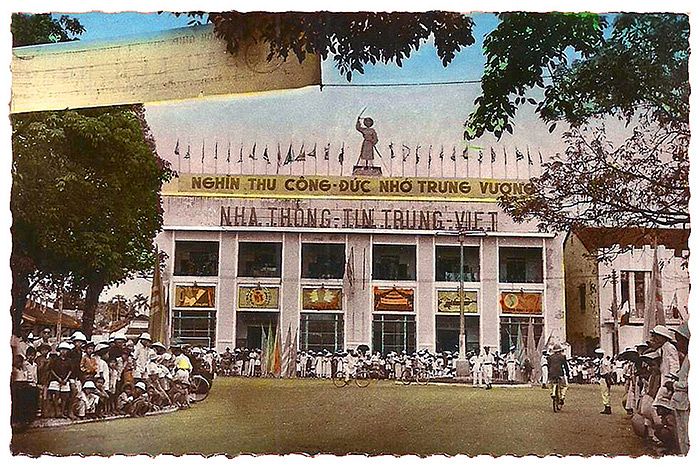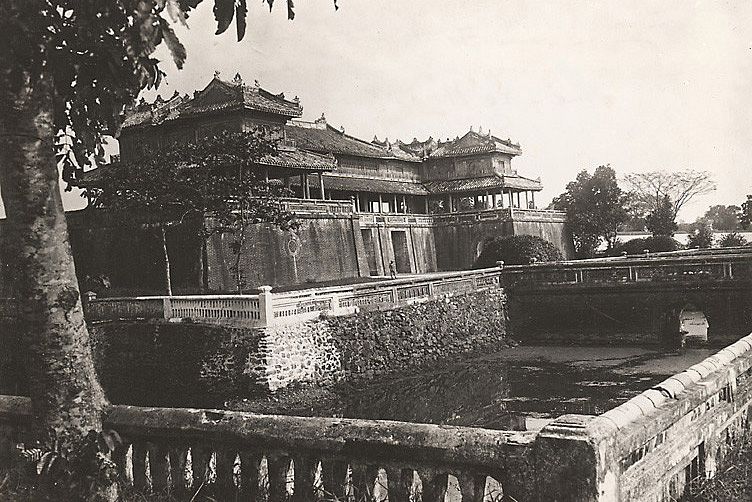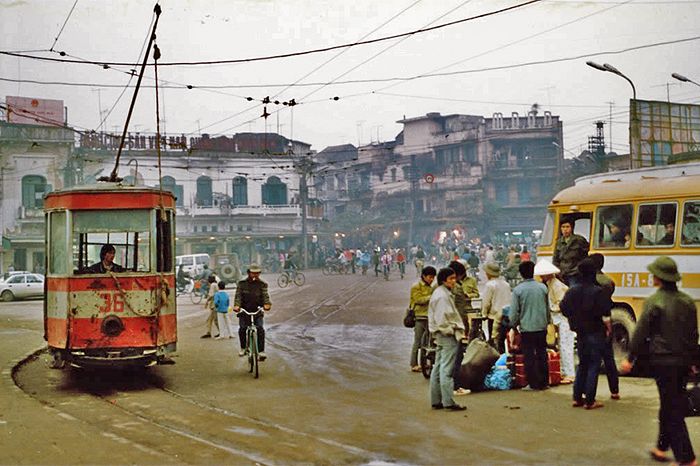In the final days of French occupation, the struggle for power in Vietnam, and Saigon in particular, was a free-for-all. As French control waned and the influence of Communism was identified as the “state’s” biggest enemy, private militias and warlords jockeyed for position, hoping to take advantage of the instability. While downtown Saigon was relatively quiet, just south was the Wild West – gangs, kidnapping, piracy, murder and gambling. At the center of Nha Be’s illicit prosperity was the Binh Xuyen, a powerful gang that directly influenced Vietnam’s post-colonial history, especially in the South.
The Binh Xuyen started in the 1920’s as a collection of gangs, some of which reportedly played the role of Robin Hood, while others took advantage of the poor. Unlawful activities at the time included: bribing port officials for protection services, kidnapping and extorting rich families, piracy, operating brothels and offering protection services for independent prostitutes. In the beginning, these gangs were anti-French in nature, less so due to feelings of nationalism but thirst for control and profit. Binh Xuyen’s leader in the 1940’s, Ba Duong (who we’ll write about in a later article), consolidated power and joined the Communist party in 1943.
During the Japanese occupation of Saigon (1941 – 1945), Duong’s forces stole arms which were used to battle returning French forces. By 1945, the Binh Xuyen were considered the biggest challenge for French-trained militias.
After a botched worker's uprising, incited by the Binh Xuyen in 1945, French colonial forces brutally suppressed all opposition groups in the South including the Communist party. On September 24, 1945, one of Ba Duong’s lieutenants, Le Van Khoi, reportedly ordered the massacre of 150 French and Eurasian men women and children. This resulted in an all-out purge of opposition movements marked by mass-arrests and executions.
In response, Duong’s 5,000+ strong army attacked and overran French positions in South Saigon. Counter-attacks by the better-trained French Union troops forced the Binh Xuyen to retreat who then focused on the takeover of Co Cong, My Tho and Ben Tre. But everything changed when Duong was killed in an air attack on February 16, 1946.
After his death, in fighting broke out between Duong’s lieutenants and the Binh Xuyen was split into three groups. Assassination attempts and changes in power dynamics in the late 1940s resulted in a re-alignment and agreement with the French. Le Van Vien was given full reign over Saigon and Cho Lon with the understanding that he would destroy the organs of the Communist party. Having worked with the Viet Minh in the past, Vien easily infiltrated and dismantled the Communist presence in the South. As a reward, the French allowed Vien to monopolize the southern trucking industry.
When Bao Dai became head of state for the newly established State of Vietnam, the National Army was unfit to take on Viet Minh forces directly. To strengthen it, he pronounced all non-communist forces to be independent armies under the leadership of the new government.
Under this arrangement, the Binh Xuyen funded itself through legally-run brothels and casinos until 1955 when they fought and lost to NVA forces in the month-long Battle of Saigon during the ‘army crisis‘. After losing the battle, the Binh Xuyen was disbanded. Vien then failed in his attempt to overthrow the government of Ngo Dinh Diem and was exiled to Paris.
Information on this topic is quite scarse (in English, at least). If you have any detials to add to the article, let us know!














